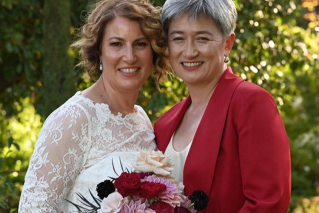Resting grumpy face: How labels affect how we perceive each other


There's still a lot of contention around the exact emotion in the Mona Lisa. Photo: Getty
You’d better not talk to Karen today, she looks grumpy.
And for the rest of the day, we avoid Karen, because we believe we see in her face that she’s in a terrible mood.
A simple observation like this can greatly influence how we perceive someone is feeling, new research has found.
The University of Queensland has found there’s much more involved in interpreting someone else’s mood than just their facial expression – particularly, how we’re told they’re feeling.
The researchers say their investigations suggest we don’t gauge emotions from facial expressions or body language alone, verbal or written cues are just as influential.
- Related: The best way to bond with an infant
To reach these conclusions, they undertook a series of experiments.
At the core of the experiment participants were asked to categorise the emotions of 32 photos showing different expressions.
Firstly, they were shown a statement that said, “This person is feeling ___________” with a range of different emotions in the blank space.
Then, four faces were thrown up on the screen in front of them, and they were asked to rate their emotion from three similar labels.

Terrified, or just a bit scared? It depends on what we’re told, a new study says. Photo: Getty
For example, the first statement may have read, “This person is feeling elated”.
They were then shown four faces looking different levels of “happy”, and asked to rate them – purely on expression alone, not considering the statement they’d just seen – from three labels: Contented, pleased and elated.
This was repeated across a few emotion ranges – like sad (down, distraught), angry (grumpy, furious), or proud (satisfied, victorious).
(When compiling the results, researchers removed the ‘middle’ label, leaving only the most and least extreme emotion results. For example, in the happy test, the word ‘pleased’ was discounted.)
They also repeated the test with short videos in place of photographs. There were also groups that were shown just expressions, no statements, as a control.

Grumpy Cat was definitely just grumpy. Photo: Getty
The results found the more intense emotion that was displayed in the statement, the more likely people were to rate the faces as the extreme option – even if the expressions were more on the mild scale.
If the participants were told, “This person is feeling terrified” – even if the expressions that followed were just vaguely perplexed – participants were more likely to pick terrified over worried.
So, if we’re told, Karen looks grumpy today – and then we see Karen’s face, we are more likely to interpret her expression in that way, and possibly even worse.
Poor Karen, she was just trying to remember if she turned the iron off.








